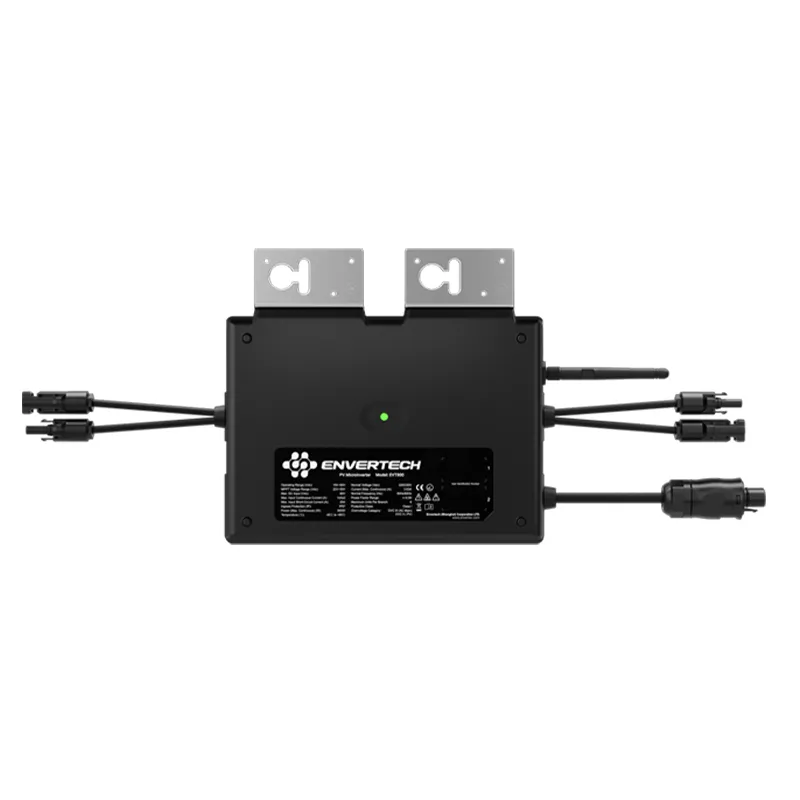solar string inverter vs micro inverter
Solar String Inverter vs. Micro Inverter Understanding the Differences
When it comes to solar energy systems, one of the most important choices homeowners and businesses face is the type of inverter to use. Two common options are string inverters and microinverters. Each has its own advantages and disadvantages, making it crucial to understand how they differ to select the best solution for your solar power needs.
String Inverters
String inverters are the traditional choice for solar energy systems. They connect multiple solar panels in series, forming what is called a string. The inverter takes the direct current (DC) generated by the panels and converts it into alternating current (AC), which can be used in homes or fed into the electrical grid.
One of the major advantages of string inverters is their cost-efficiency. Because they handle multiple panels at once, they typically require fewer units compared to microinverters, leading to lower installation and equipment costs. String inverters are also easier to maintain due to their centralized nature. If an issue arises, it tends to be easier to diagnose and troubleshoot.
However, string inverters also come with some drawbacks. Since all the panels are connected in series, the performance of the entire string can be affected by shading or debris on a single panel. For example, if one panel experiences reduced output due to shading from a tree, it can reduce the performance of the entire string. This phenomenon, known as mismatch loss, can significantly impact overall system efficiency.
solar string inverter vs micro inverter

Micro Inverters
Microinverters, on the other hand, are designed to be installed on each individual solar panel. This allows each panel to operate independently, converting DC to AC on-site. The advantage of this design is that microinverters can optimize the performance of each panel, mitigating the effects of shading and allowing for better overall energy production.
Another benefit of microinverters is their flexibility in system design. Homeowners can add more panels at a later date without having to replace or upgrade the existing inverter, as each panel is independently managed. Microinverters also tend to have longer warranties than string inverters, reflecting their robust design and reliability.
However, the primary downside of microinverters is their higher initial cost. With one inverter required for each panel, the equipment and installation can be significantly more expensive than a string inverter system. Maintenance can also be more complex, as technicians must often inspect multiple devices rather than a single unit.
Conclusion
Choosing between string inverters and microinverters ultimately depends on specific needs, budget, and system design. String inverters offer a cost-effective solution for simple installations, especially in areas with minimal shading. Conversely, microinverters provide greater flexibility and efficiency under varying environmental conditions, making them ideal for complex setups with potential shading issues. Each option has its benefits and challenges, so it is vital to evaluate the specific requirements of your solar project before deciding.
-
String Solar Inverter: The High-Efficiency Solution for Smart Solar EnergyNewsJul.14,2025
-
Revolutionizing Rooftop Energy with the Power of the Micro Solar InverterNewsJul.14,2025
-
Power Independence with Smart Off Grid Solar Inverter SolutionsNewsJul.14,2025
-
On Grid Solar Inverter: Powering the Future with Smart Grid IntegrationNewsJul.14,2025
-
Monocrystalline Solar Panels: High-Efficiency Power for the Future of Clean EnergyNewsJul.14,2025
-
Bifacial Solar Panel: A Smarter Investment for Next-Generation Energy SystemsNewsJul.14,2025







